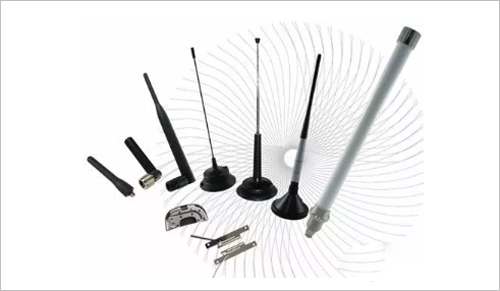A friend who has been in contact with a wireless bridge probably knows that a wireless bridge requires an antenna. Whether it is a built-in antenna or an external antenna, an antenna is always needed. So why do wireless bridges need antennas, what is the role? How to choose the right antenna?

Wireless bridge signal transmission principle: The RF signal power output from the transmitting bridge is transmitted to the antenna through the feeder (cable), and then radiated by the antenna in the form of electromagnetic waves. When the electromagnetic wave reaches the receiving location, it is received by the antenna and sent through the feeder. Go to the receiving bridge. It can be seen that the antenna is a transmitting device of the wireless bridge signal. Without the antenna, the signal of the wireless bridge cannot be transmitted, and there is no radio communication.
There are many kinds of antennas for different frequencies, different uses, different occasions and different requirements. According to different installation methods, it can be divided into built-in antenna and external antenna; according to different signal transmission directions, it can be divided into directional antenna and omnidirectional antenna; according to different frequencies, it can be divided into 2.4G antenna and 5.8G antenna... so many Antenna type, how to choose?
First, the built-in antenna and external antenna
1, built-in antenna
Because the antenna and the device are integrated, the volume is small and the installation is convenient. Generally, it is used in a short-range wireless transmission system, and the built-in antenna can be generally used within 5 kilometers. In addition, the gain of the built-in antenna is generally small, and the transmission distance is relatively close.
2, external antenna
The external antenna is generally large. If the transmission distance is relatively long, such as 10 km or more, a high-gain external antenna is recommended. Generally, when multiple transmissions (point-to-multipoint) are used to transmit video signals, if the reception angle needs to be increased, an external antenna can be used, because the angle of the internal antenna is relatively small, which is not suitable at this time.
Second, directional antennas and omnidirectional antennas
1, directional antenna
It is expressed in a certain angle range on the horizontal pattern. The main radiation range is like an inverted and incomplete cone. It is generally used in environments with long transmission distance, small coverage, high target density and high frequency utilization. The signal from the directional antenna can only be passed to the front. The purpose of using directional transmit antennas is to increase the effective utilization of radiated power, increase confidentiality, and increase anti-interference ability.
2, omnidirectional antenna
That is to say, in the horizontal direction diagram, 360° is uniformly radiated, and the radiation range is more like an apple, and has no directionality, and is generally applied in an environment with a short transmission distance and a large coverage. The signal of the omnidirectional antenna is transmitted in all directions, and the price is cheap, and the gain is relatively small, generally below 9dBi.
Third, 2.4G antenna and 5.8G antenna
The choice of frequency is relatively simple, depending on the frequency of the wireless bridge. If the wireless bridge is 2.4G, the 2.4G antenna is selected; if the wireless bridge is 5.8G, the 5.8G antenna is selected. Never use a 2.4G antenna for a 5.8G bridge or a 5.8G antenna for a 2.4G bridge, which will result in the inability to transmit signals.
The use of wireless bridges and antennas is very flexible, and different devices and antennas can be selected according to different environments, different point distributions, and different transmission distances.
Self-propelled articulated Motor Grader is suitable for large-scale land leveling in foundation constructions. It can be used for ditching, grading, slope scraping, bulldozing, ripping, virgin land scarifying and snow-removing etc., which is modernized construction equipment of multi-functions and high-efficiency for high-class highway, railway, airport, harbors, dams, industrial ground and farmland.
Motor Grader
Motor Grader,Self-Propelled Motor Grader,Xcmg Motor Grader,Hydrodynamic Self-Propelled Motor Grader
SINOMICC INTERNATIONAL , https://www.rockstartyre.com
